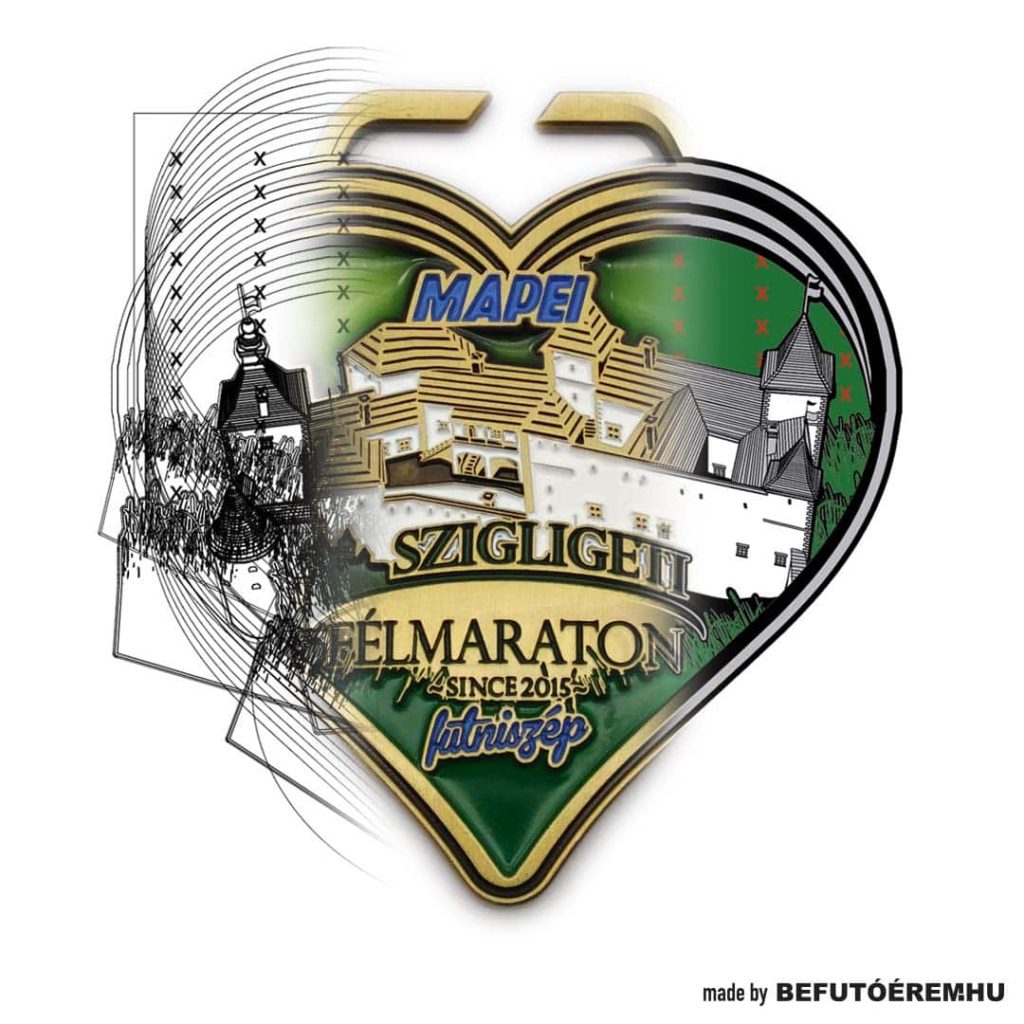Of course, every medal starts on the design table first, which in many cases is based on our clients' ideas. We work from ideas dropped over the phone, stick figures on chequered paper and sausage-like horses worth black dots in drawing class, and sometimes digitally drawn sketches, so don't worry, we understand and feel what you've dreamed up.
2. Pouring
3. Fractions
We thought about writing out the process, but that's what we call it amongst ourselves, although some people call it crumbling. 
4. Sorting
Once the larger pieces of metal have been removed, the sanding starts, which is a much more precise process. From the very thick grinding head to the miniature needle, all the tools are at the disposal of our colleagues, whose dexterity is equal to that of surgeons, and whose desks are never without a single medal.
6. Electroplating
This is where the surface treatment comes in, so that the medal we give you is gold or silver. Electroplating is a great invention, but let's just say that the essence of it is roughly that the metal coating in the liquid (positive pole, anode) is electrolytically deposited, which then adheres to the negative pole (i.e. cathode in this case, poor runner-up coins). Physics lesson over, enough for Oliver to understand, and he's pretty much got it.



























